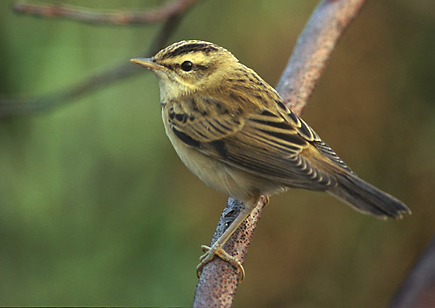Facts About Sedge warbler
The sedge warbler, a captivating medium-sized bird from the Old World warbler family, belongs to the genus Acrocephalus. Recognizable by its brown, streaked back, pale belly, and the distinctive whitish line above its eyes, this bird is a true globe-trotter. It breeds in Europe and Asia and undertakes the remarkable journey across the Sahara Desert to spend the winter in Africa. The males are particularly noteworthy for their diverse and chattering songs, which frequently incorporate imitations of other bird species to entice potential mates. Their diet primarily consists of insects.
First described by Carl Linnaeus in 1758, the sedge warbler is a monotypic species, indicating that there are no recognized subspecies. These warblers typically weigh around 12 grams and measure approximately 11.5 to 13 centimeters in length. Beyond their distinctive plumage, their unique songs and behaviors make them stand out.
Sedge warblers have a wide range across Europe and Asia, and they migrate to sub-Saharan Africa during the winter months. However, they face challenges such as the loss of wetlands and the expansion of the Sahara, which threaten their breeding grounds. During the breeding season, males sing to attract mates, defend territories, and assist in caring for their young.
While their diet mainly consists of insects, they also consume vegetation and berries. Sedge warblers employ a variety of feeding techniques, such as picking insects off plants and catching flying insects in mid-air.

 Ireland
Ireland